

Dear Readers,
This weekend sees the start of the third leg of The Ocean Race, which runs from Cape Town to Itajaí in Brazil. At just under 13,000 nautical miles, it is the longest and toughest leg of the race. For the first time in the history of the race, which began in 1973 as the Whitbread Round the World Race, it passes the three large capes in one go. The shortest route runs close to the Antarctic ice. For safety reasons, the race organisers therefore define a virtual ice limit that must not be crossed.
Water temperatures in the low single digits, often grey, cloudy weather and, above all, areas of low pressure moving from west to east determine everyday life on board as well as navigation. The crews endeavour to catch the depression at its front and ride the wind wave there, racing along with the strong wind or storm for as long as possible, which works for a long time due to the high speeds of the Imocas of up to 30 knots and thus enables extreme 24-hour performances. Over 500 nautical miles can often be achieved. The record for the 60-foot yachts is currently a crazy 558 nautical miles in 24 hours.
Not the 500 nautical miles plus, but the stage and the sea area bring back memories for me. In 1989/90, I took part in the German "Schlüssel von Bremen", the project of the enterprising sailing club Das Wappen von Bremen, which overcame the logistical and financial hurdles of a world regatta and organised participation with changing crews and skippers. A Herculean feat for a club.
The longest leg of this 5th edition of the race led from Punta del Este in Uruguay through the Southern Ocean to Fremantle in Australia, South Atlantic and Southern Indian Ocean in one go, 7,260 nautical miles direct route. It took us 36 days. That was tough, at times. There were no ice gates, each boat was allowed to go as far south as the skipper thought fit. The limiting factor, apart from the real ice, was the danger of catching a low on the underside, which would have meant a headwind. So we experienced the Southern Ocean in all its splendour: icebergs in all their glory, the dangerous, poorly visible growlers, speeding through the fog, a lookout on watch. A man-overboard manoeuvre at night went well for us. Six people in the fleet went overboard during the leg, all of whom were brought back on board, but on the English "Creighton's Naturally", disaster met bad luck. In a patent jibe, a backstay broke, the boat jibed again and tore both grinder columns from the deck. Two young sailors were washed off board. One of them died after being rescued. Anthony Phillips was later buried at sea.
Legs, arms, main and spars broke, sails, sheets and bulkheads tore. The sailing manoeuvres were as complicated, elaborate and error-prone (it was cool!) as sailing was at that time, when spinnakers were still changed in the jibe and the blooper had to be shifted at the same time, when there were tack-gybe sets in which the spinnaker pole stood to leeward of the genoa for part of the manoeuvre, or elaborate recovery manoeuvres for the spinnaker called Kaiser or Kiwi Drop. When you changed sails into each other on a stay.
From today's perspective, the boat was a horror for its intended purpose: a 63-foot-long one-off from Baltic Yachts, the former "SiSiSi". Rather heavy, because it was built in 1983 as a semi-cruising boat and was lavishly equipped with the technology of the 1980s. This meant: wire sheets that sometimes caused sparks on the winch drums and whose broken cardeels drilled into them as so-called meat hooks. The wires had to be screwed to the clews, with the 19mm spanner on the foredeck. Burst hydraulic hoses, synthetic oil pouring into a bunk, which was particularly stinging in wounds. The boat was a top rigger, 22 sails on board, eight spars flying freely on the boom down to 60 per cent storm spars with Dyneema ropes in the leeches. And of course, in the very best IOR style, the boat didn't sail like it was on rails, but rather liked to fiddle with the wind.
And then the clothes. Musto was seriously the only choice back then, they had helped develop the details on the victorious Dutch "Flyer". Good stuff for the conditions at the time. Nevertheless, you were not only sweating and freezing like a pig, you were actually dry but still wet on your skin. Breathability didn't exist yet. The water was around zero; the temperature below deck was in the low single digits and there was no heating. And if you were wet, you kept your clothes on in your sleeping bag, which was called sleeping dry. The cold had one good thing: the odours were probably still passable.
But: We experienced long, wonderfully manoeuvrable waves that were good for surfing, spray on greenish glowing water, seemingly endless nights in absolute darkness or under an incredibly magnificent starry sky, the joy of setting off, getting used to everyday life on board and the long distance, arriving. The satisfaction of steering a 21-tonne displacement vessel through the waves at planing speed, sometimes requiring it to reach speeds of over 20 knots under storm spinnaker and reefed mainsail. Equally unforgettable was the sight of orcas (well, sailors see them differently today ...), petrels or albatrosses sailing at eye level close behind the boat. And then there were the icebergs in all their diverse beauty of shapes, colours and light. All of this was worth any discomfort.
And today? You won't see any ice, because of the aforementioned limits. And the completely covered cockpits will help protect them from water. Great thing: the sailors stay dry and fit, they keep a better overview, water has less chance of getting into the boat and the cockpit remains free of water masses. And the buoyancy of the superstructure helps to right the boat more quickly in the event of capsizing, which it has to prove in the capsize test. More volume in the deckhouse therefore also means less keel weight is required, a fact that contributes to the pronounced hull on Boris Herrmann's "Malizia - Seaexplorer". And if the sailors do have to leave the shelter, they can look forward to oilskins that are super breathable, warm and dry. They handle with comfortable high-performance ropes, there is no more wire. And the manoeuvres are less complex: the differently sized and differently profiled sails are rolled in and out and set and recovered as a rolled-up cloth sausage.
So has the long stage through south polar regions mutated from a combat zone to a comfort zone? No! The sailors are challenged like never before. The speed of the boats and their movements are brutal, as is the jerking, accelerating and braking that can knock the sailors off their feet. Or as Jack Bouttell from 11th Hour Racing puts it: "Switching from one side of the boat to the other can take a minute. You have to brace yourself and wait for the right moment to make the next move."
Another issue that is directed against the human body is the deafening whistling of the foils, which increases with increasing speed and maltreats the ear and brain. The hydrodynamic tinnitus can only be reduced somewhat by noise-cancelling technology in high-tech headphones. In addition to the movements and noise, there is also the worry of hitting a UFO, an Unidentified Floating Object, while flying blind at 30 knots, sometimes at night or in fog. The AI-supported Oscar system with thermal imaging and night cameras in the masthead is supposed to help against this, but this has not yet been heavily tested and proven.
No, crews certainly don't have it any easier today, and nothing was better in the past, just different. One thing will probably remain the same: They say that no-one comes out of the Southern Ocean without having changed as a result of the experience. For me, it was the desire to return there. Which I hope will happen ...
Fridtjof Gunkel, Deputy Editor-in-Chief YACHT
Newsletter: YACHT-Woche
Der Yacht Newsletter fasst die wichtigsten Themen der Woche zusammen, alle Top-Themen kompakt und direkt in deiner Mail-Box. Einfach anmelden:
Click on it to click through
The week in pictures:
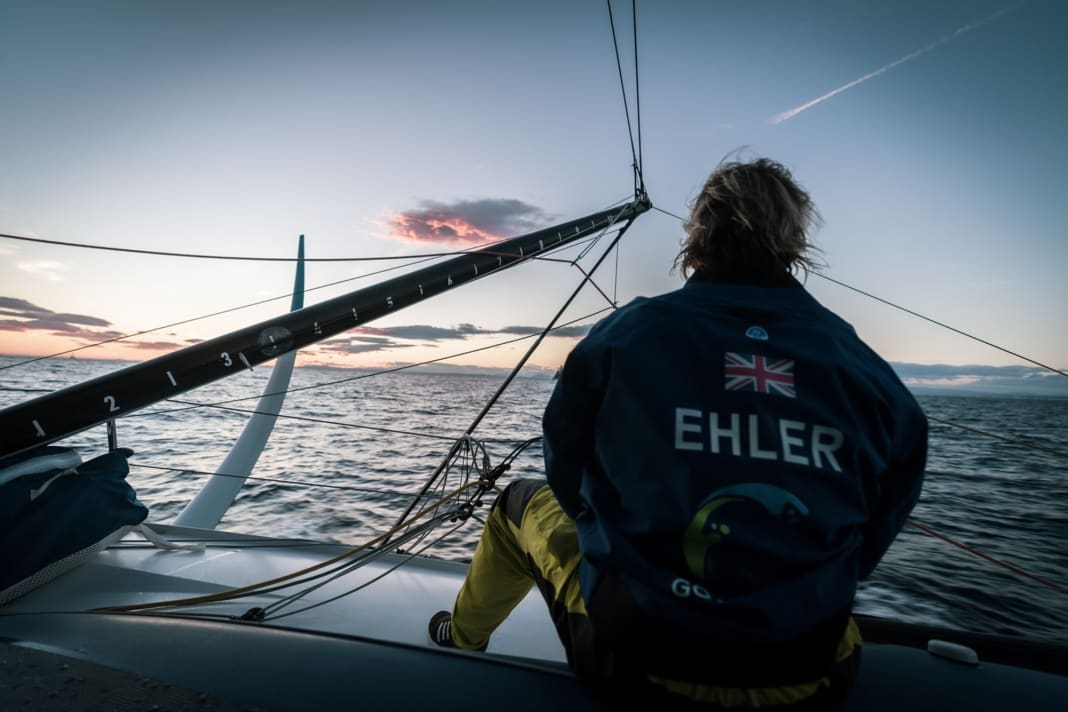





Recommended reading from the editorial team:

THE OCEAN RACE
One day until the start of the third stage- 12,750 nautical miles await
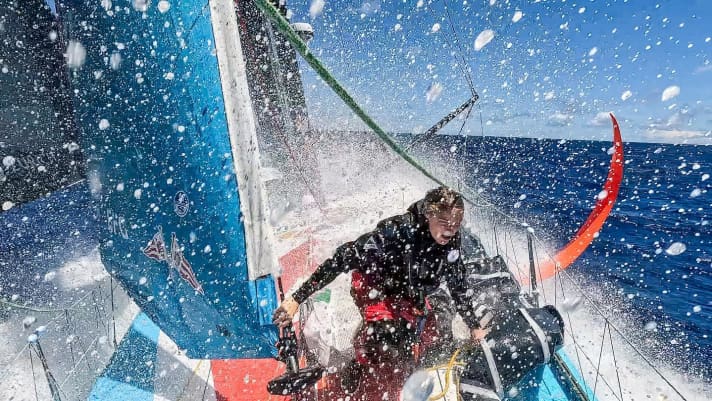
After yesterday's In-Port Race, the five Imoca teams are making their final preparations today before the starting signal for the third leg is expected to be given tomorrow at 13:15. With a distance of almost 13,000 nautical miles, the sailors can expect the longest leg in the history of the race, from Cape Town past the three great capes to Itajaí in Brazil
SMALL CRUISER "DOPAMINE"
Pretty, affordable and you can also build it yourself
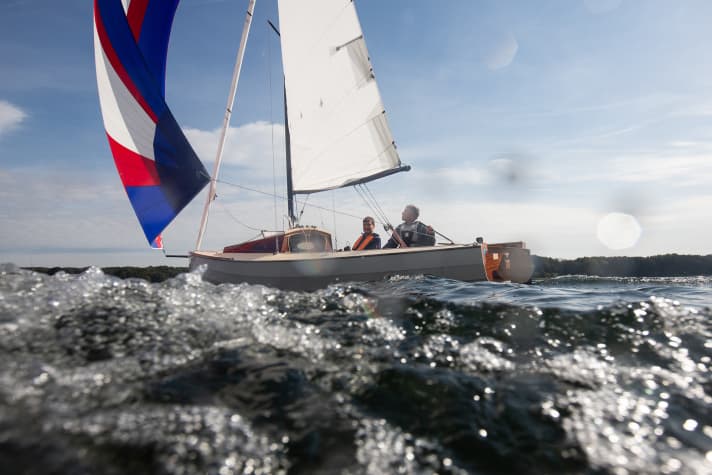
The plywood construction from the Lüneburg boat manufactory is offered as a plan, hull or ready to sail
SEENOMADS
The adventures of circumnavigators from Austria
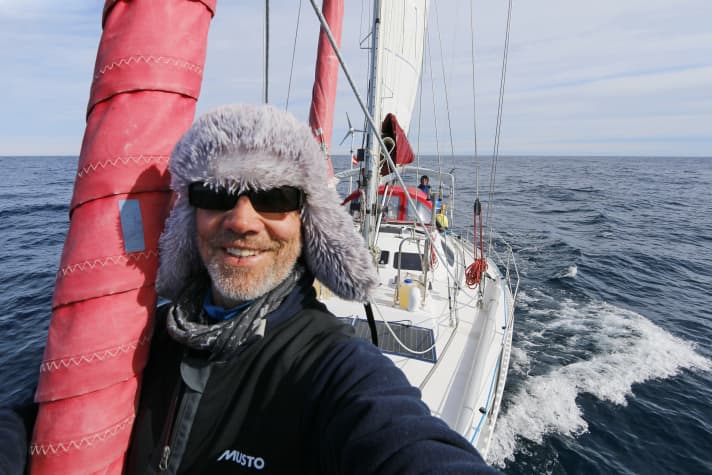
Doris Renoldner and Wolfgang Slanec, known as Wolf, lead a life between home and far away, between life on board and life on land. The sailing adventurers regularly return to Austria to give lectures to finance their travels
"GERTRUD III"
A classic that turned landlubbers into sailors
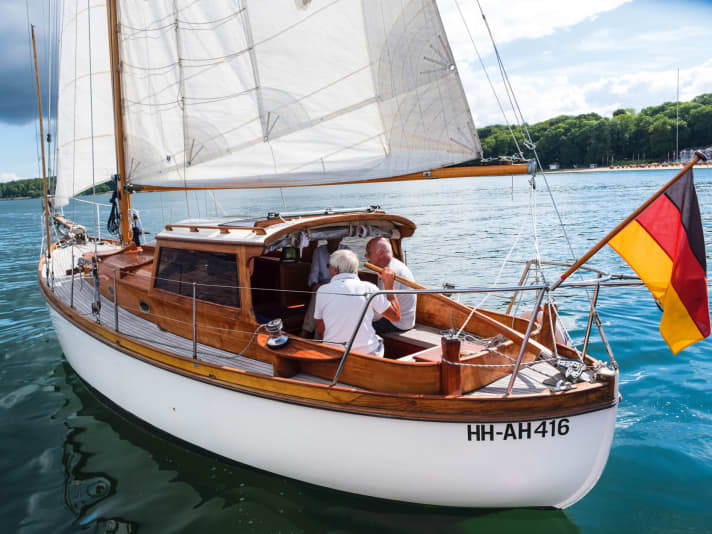
The chance purchase of a pre-war sea cruiser unexpectedly turned into a classic restoration project for three novice sailors. They rescued a rare testimony to the cruising yachts of this era
VENDÉE GLOBE
Crémer sponsor Banque Populaire withdraws
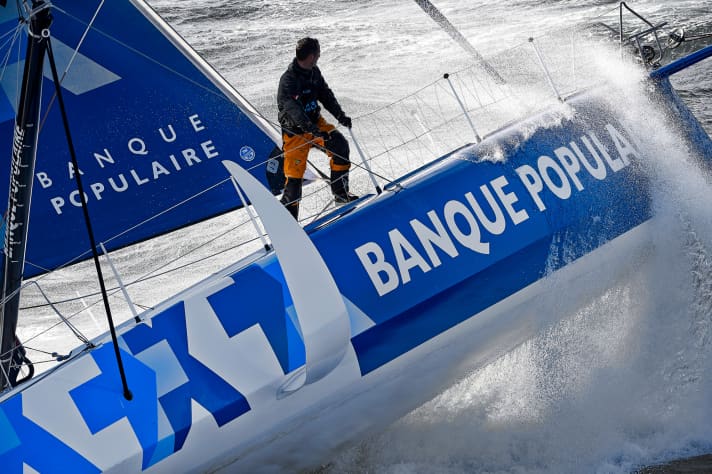
The furore surrounding Banque Populaire and Clarisse Crémer shows no sign of abating. Instead of introducing a new skipper, the sponsor has now decided not to continue the campaign for the Vendée Globe 2024
FOCUS 30
One for all and for everything
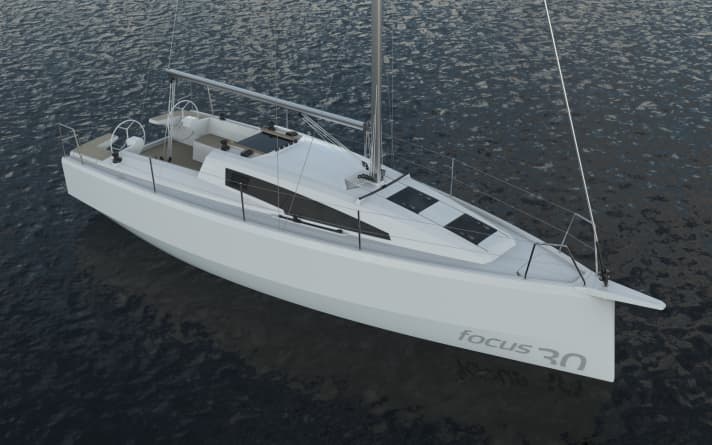
An exciting addition to the market for compact touring boats is now coming from Poland. The new flagship from the Sobusiak Yacht shipyard is designed to combine sporty sailing characteristics with a great deal of cosiness. The concept is designed to be extremely versatile
RAMMED SPAR
"Eleonora" must be scrapped
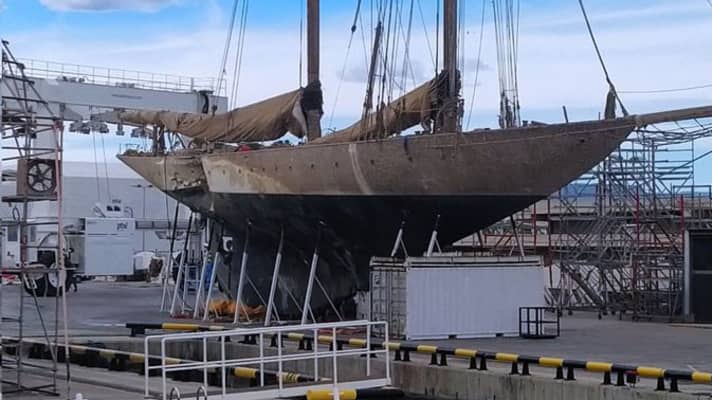
The "Eleonora" lay aground in the harbour of Tarragona for almost three months after being rammed by a supply ship. After being salvaged in autumn, the decision has now been made to scrap the 49-metre-long schooner
SAARE 41.2
Great comfort for the small crew
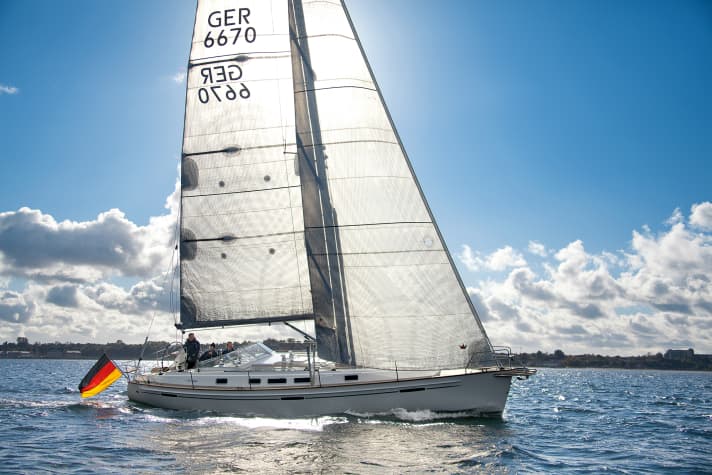
The shipyard from Estonia has customised another boat to the needs of the typical number of people on board
Newsletter: YACHT-Woche
Der Yacht Newsletter fasst die wichtigsten Themen der Woche zusammen, alle Top-Themen kompakt und direkt in deiner Mail-Box. Einfach anmelden:

